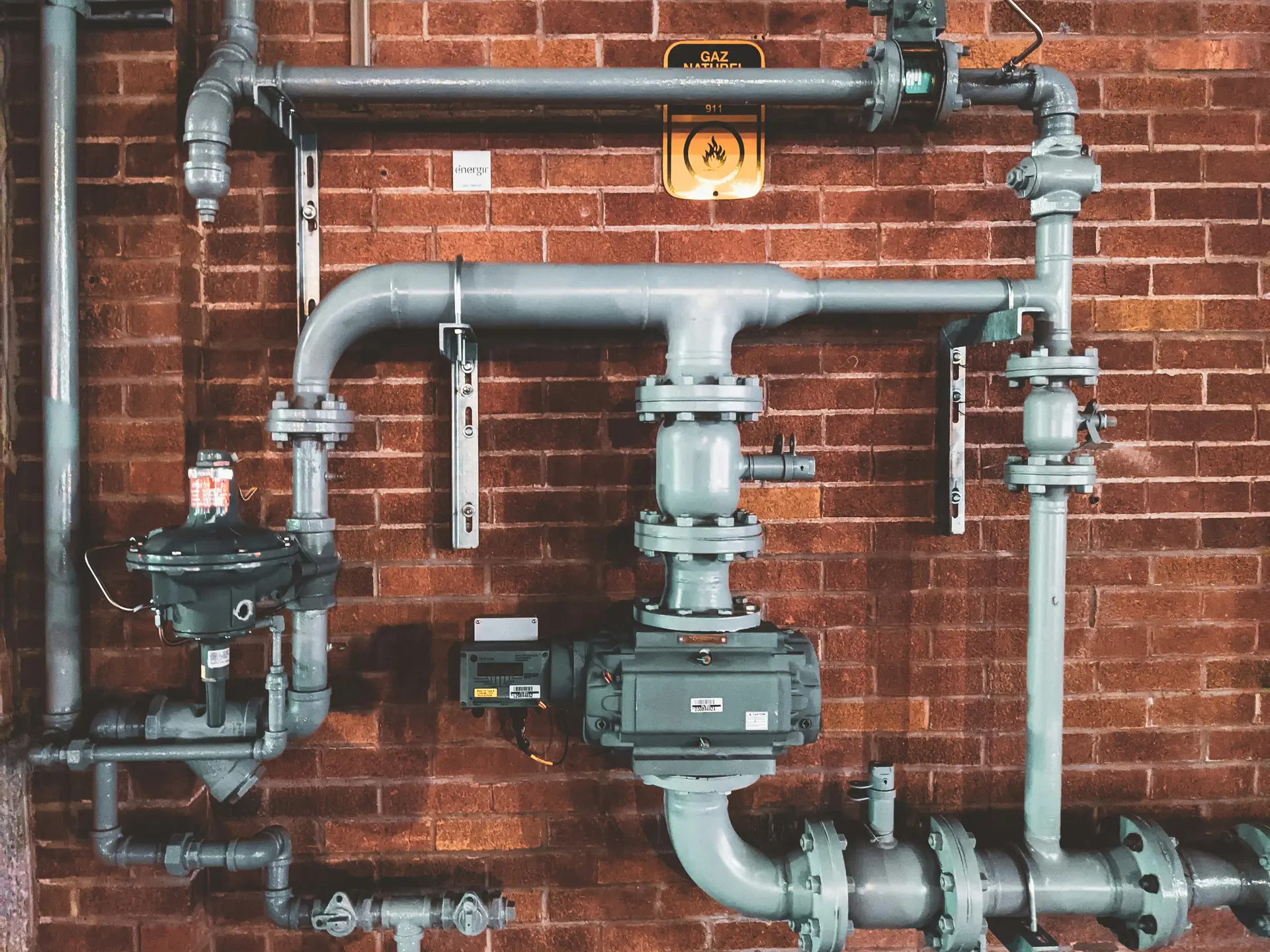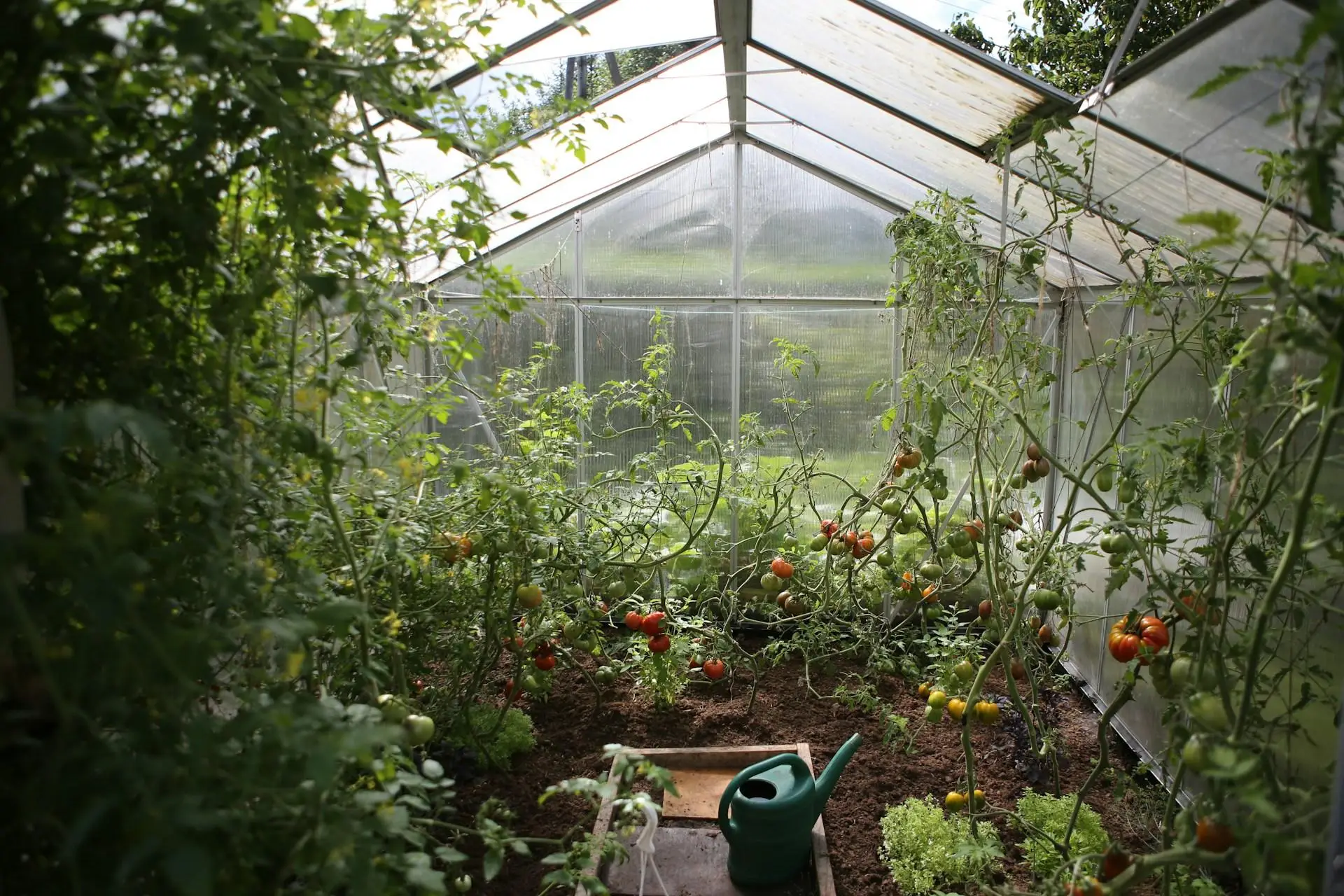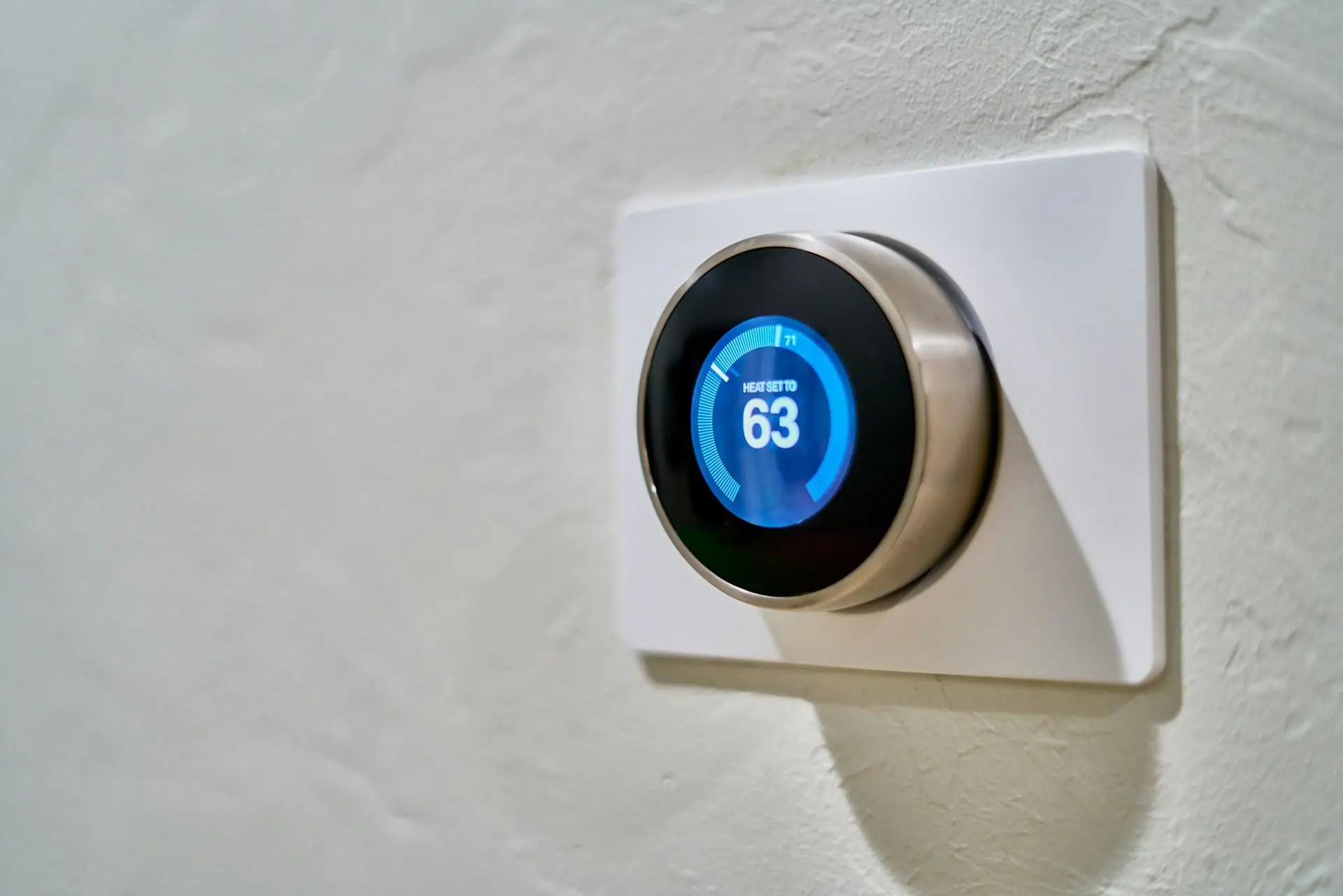Transform Your Home with Energy-Efficient Upgrades for Long-Term Savings
In the realm of home improvement, energy efficiency plays a pivotal role in cutting costs and enhancing living spaces. As homeowners become increasingly aware of their environmental impact and their utility bills, the importance of energy-efficient upgrades has never been clearer. These upgrades not only contribute to a sustainable future but also promise significant financial benefits over time. By investing in energy-saving improvements today, homeowners can enjoy a more comfortable living environment while drastically reducing their long-term expenses.
Top Energy-Efficient Upgrades for Cost Savings in Your Home
Insulation Enhancements: The Foundation of Energy Efficiency
Proper insulation is the backbone of an energy-efficient home. It significantly reduces heating and cooling costs while enhancing overall comfort levels. By minimizing drafts and maintaining consistent indoor temperatures, insulation ensures that energy consumption remains in check.
Types of Insulation:
- Attic Insulation: Materials like fiberglass, cellulose, and spray foam offer excellent thermal resistance.
- Wall Insulation: Upgrading wall insulation can prevent heat transfer and improve overall energy efficiency.
- Basement and Crawl Space Insulation: Addressing these often-overlooked areas can further enhance your home’s efficiency.
Determining insulation needs can be achieved through a home energy audit, which identifies areas of weakness and suggests improvements. Additionally, look for signs such as fluctuating temperatures indoors or higher-than-usual energy bills, which may indicate the need for better insulation.
Energy-Efficient Windows and Doors: The Clear Choice for Savings
Windows and doors are often significant contributors to energy loss in homes. Upgrading to energy-efficient windows can drastically decrease energy bills and improve indoor comfort.
Benefits of Upgrading Windows:
- Low-E (Low Emissivity) Windows: These windows reflect heat back into the home during winter and keep it out during summer, maintaining a balanced temperature.
Door Upgrades:
- Energy-efficient doors feature better insulation and seals, reducing air leakage and providing a notable impact on energy consumption.
When considering the cost vs. savings analysis, remember that while the initial investment in new windows or doors may be substantial, the long-term savings on energy bills can quickly offset this cost.
HVAC System Improvements: A Breath of Fresh Air
Upgrading to energy-efficient HVAC systems is crucial for optimizing home energy use. Understanding SEER (Seasonal Energy Efficiency Ratio) ratings helps homeowners select high-efficiency air conditioning units, boilers, and furnaces.
Smart Thermostats: These devices allow homeowners to program heating and cooling schedules, optimizing energy use based on occupancy patterns. Smart technology can lead to significant savings over time, especially in larger homes.
Regular Maintenance and Tune-Ups: Maintaining HVAC systems is essential for ensuring they operate at peak efficiency. Regular check-ups can prevent costly repairs and keep energy costs low.
Energy-Efficient Appliances: Upgrade for Savings
Choosing appliances that have received Energy Star certification is an excellent way to ensure energy efficiency within the home. Energy Star products are designed to use less energy and water than standard models, leading to substantial savings on utility bills.
Upgrading Older Appliances: Replacing outdated appliances with newer, more efficient models is beneficial. For example, newer refrigerators and washing machines consume significantly less energy than their predecessors.
Appliance Recycling Programs: Many local utility companies offer programs that provide financial incentives for recycling old appliances. This not only benefits the environment but can also reduce the cost of purchasing new, efficient models.
Water Efficiency Upgrades: Conserving a Precious Resource
Water-efficient fixtures and systems play a vital role in reducing utility bills and conserving this valuable resource.
Low-Flow Fixtures: Installing low-flow faucets and showerheads can drastically decrease water usage, translating into lower water bills.
Energy-Efficient Water Heaters: Considering options like tankless or solar water heaters can significantly reduce energy consumption compared to traditional models, providing a more sustainable solution.
Rainwater Harvesting Systems: Collecting rainwater for irrigation purposes is an excellent way to conserve water. While installation may require an upfront cost, the long-term benefits include reduced water bills and environmental conservation.
Renewable Energy Sources: Embrace the Future
Investing in renewable energy sources such as solar panels can lead to drastic savings and increased self-sufficiency in energy consumption.
Solar Panel Installation: The benefits of solar energy are substantial, providing renewable power that can reduce reliance on the grid. While installation costs can be high, the return on investment (ROI) improves over time, especially with tax incentives and rebates.
Wind Energy Solutions: Homeowners may explore the feasibility of installing small wind turbines. Although less common, these systems can supplement energy needs and provide additional savings.
Government Incentives and Rebates: Many federal and state programs encourage renewable energy adoption. Taking advantage of these incentives can significantly lower the initial costs of solar or wind energy systems.
Investing in these energy-efficient upgrades not only enhances the value of a home but fosters a commitment to sustainable living. These improvements can lead to a healthier environment and a more financially secure future.
Homeowners are encouraged to explore these energy-efficient upgrades as part of their overall home improvement strategy. By prioritizing energy savings, increased comfort, and reduced utility bills, they contribute to a healthier planet while enjoying substantial financial rewards in the long run.










